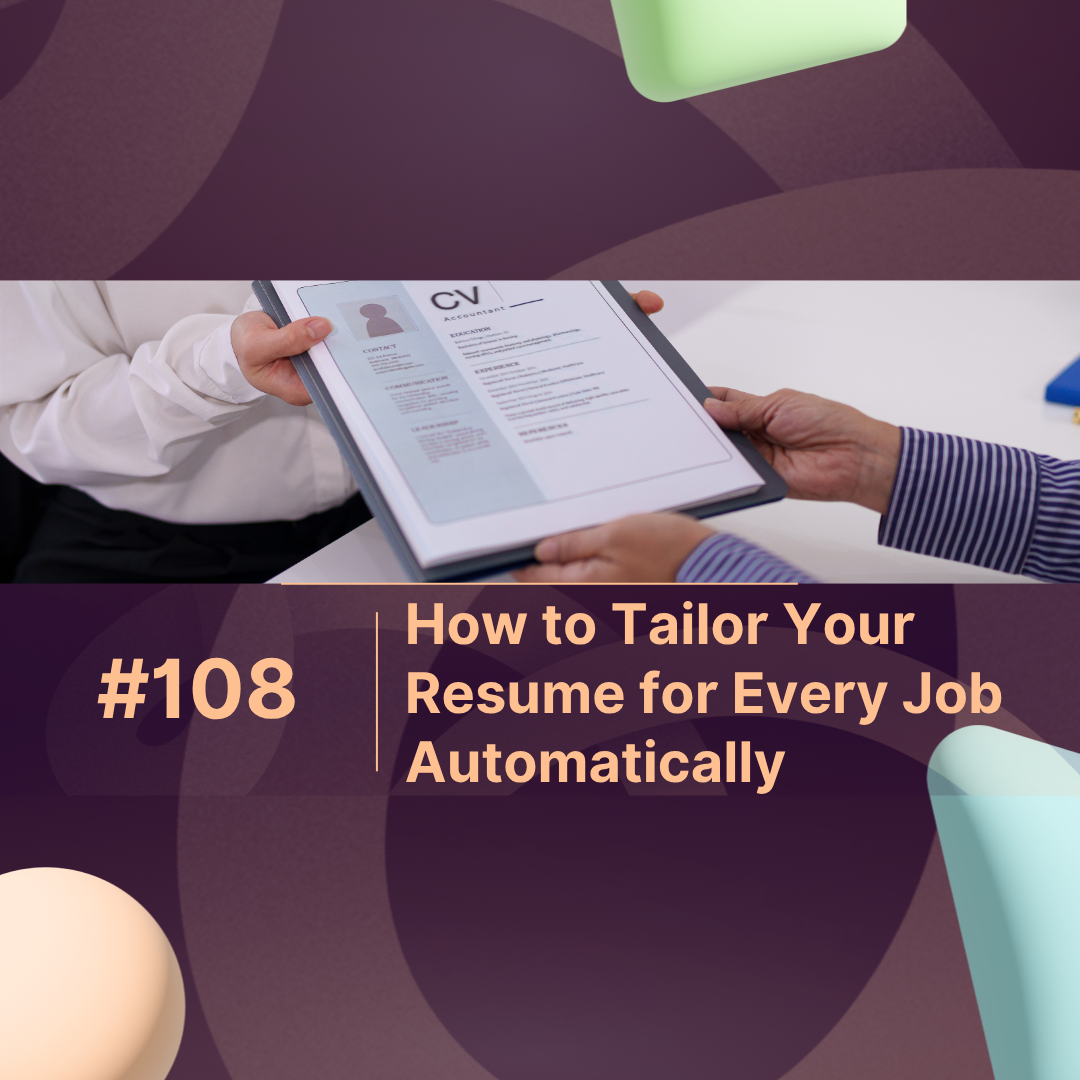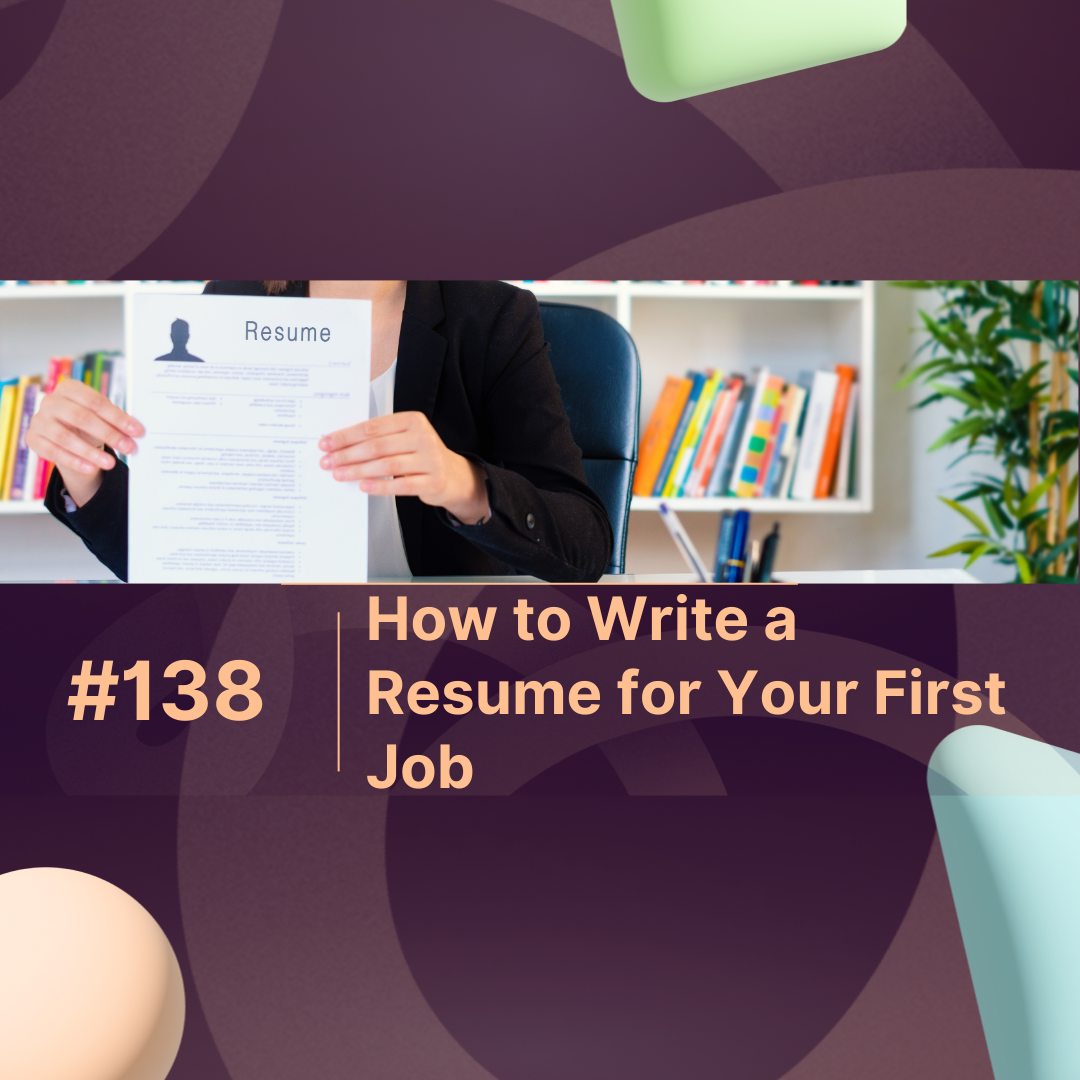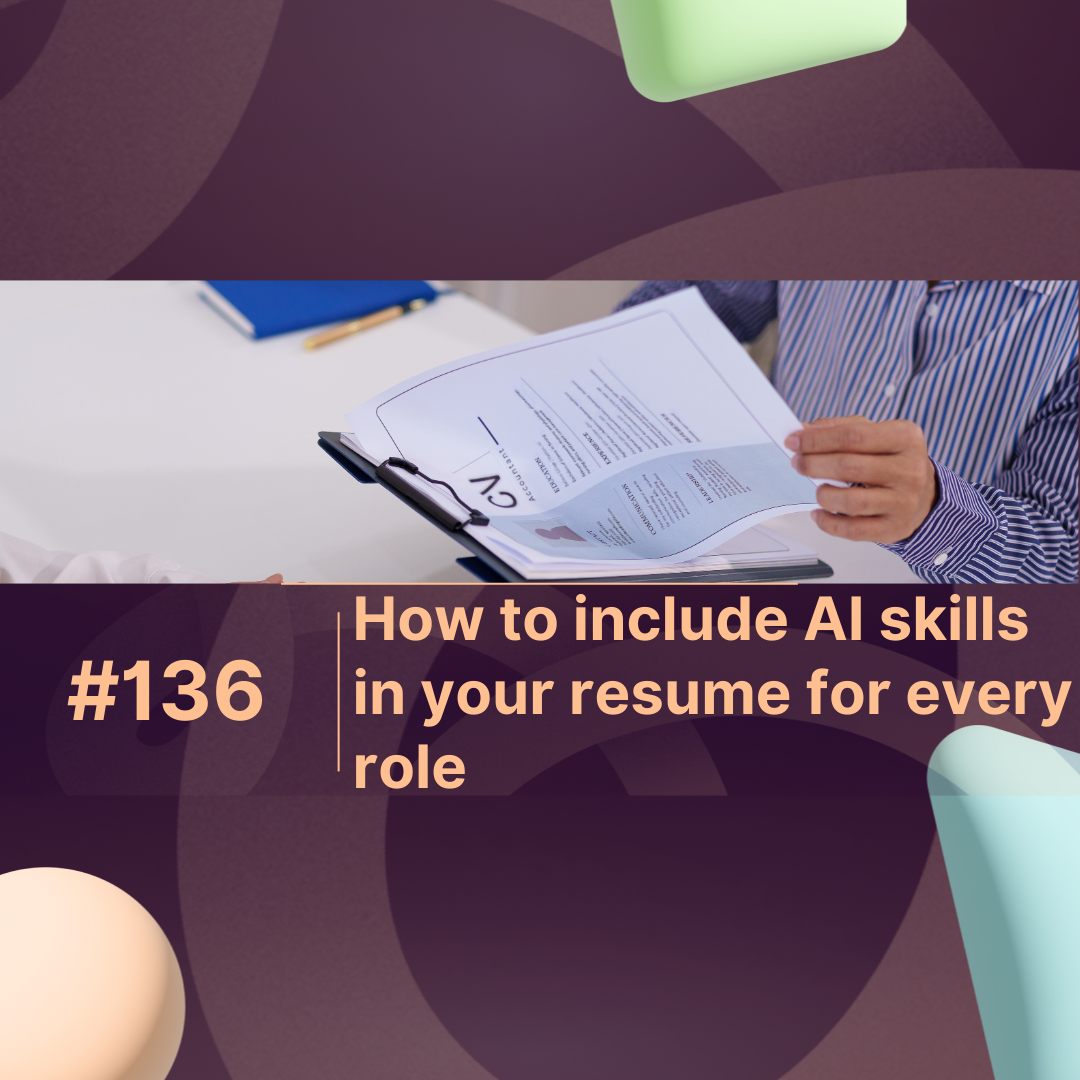Overview
Tailoring your resume for every job used to mean hours of manual edits. But with AI-powered tools and smart automation, you can now create a resume for every job in minutes customized, keyword-optimized, and aligned with what recruiters and applicant tracking systems (ATS) actually look for.
This blog breaks down how to tailor your resume automatically, why personalization still matters in 2025, and which tools can make it effortless.
What Does “Tailoring Your Resume for Every Job” Mean?
To tailor your resume for every job means adjusting your skills, achievements, and keywords to match the specific requirements of each position. Recruiters spend less than 7 seconds scanning a resume — meaning relevance is everything.
Instead of sending the same generic version, modern professionals use automation tools to map their experience directly to the job description. AI systems like MaxProfile and similar platforms do this by scanning job listings, extracting key skills, and aligning your resume content automatically.
Why Customizing Your Resume Is Essential in 2025
Even in an AI-driven hiring landscape, personalization wins. According to LinkedIn’s 2025 Hiring Report, 72% of recruiters say a tailored resume is still their #1 indicator of candidate seriousness.
Here’s why it matters:
| Factor | Generic Resume | Tailored Resume | Improvement (%) |
|---|---|---|---|
| Interview Callbacks | 18% | 46% | +155% |
| ATS Pass Rate | 50% | 88% | +76% |
| Recruiter Engagement | 5 sec avg. | 12 sec avg. | +140% |
(Source: LinkedIn Hiring Trends 2025)
Automation doesn’t mean losing the human touch — it means scaling personalization intelligently.
How to Automatically Tailor Your Resume for Every Job
1. Use AI Resume-Matching Tools
AI-driven systems can now read job descriptions, identify must-have keywords, and rewrite your resume accordingly. Tools like MaxProfile analyze tone, phrasing, and skills to match each posting — saving hours of manual work while improving ATS compatibility.
2. Focus on Keywords and Skill Clusters
Most hiring systems filter candidates by keywords. For example, if the job asks for “data analysis” and “Python,” your resume should include both in context.
Use free keyword extraction tools or let AI platforms automate this mapping. Aim for natural keyword density (~1.5%) to stay reader-friendly.
3. Personalize the Top Section
Your resume’s opening summary is prime real estate. AI can auto-rewrite your professional summary to highlight the most relevant achievements for each position.
Example:
-
Generic: “Experienced marketing professional skilled in digital campaigns.”
-
Tailored: “Digital marketing specialist with 5+ years optimizing paid campaigns that increased ROI by 32% for SaaS brands.”
4. Quantify Achievements Automatically
Automation tools help identify metrics from your experience (like “revenue growth,” “time saved,” or “conversion rate”) and structure them clearly. Numbers instantly make achievements credible.
5. Export and Format for Each Platform
Modern resume generators can instantly export versions for PDF, Word, or LinkedIn uploads — formatted to fit recruiter and ATS expectations. Consistent formatting improves parsing accuracy by up to 30%.
The Benefits of Automating Resume Customization
Using automation to tailor your resume for every job gives you:
Speed: Create multiple customized versions in minutes.
Relevance: Match job-specific keywords instantly.
Confidence: Know your resume passes ATS filters.
Consistency: Keep formatting and branding uniform.
Higher Success Rate: Get more callbacks with less effort.
With AI assistants like MaxProfile, you can upload your base resume once, choose a job link, and generate a fully customized version ready to submit — complete with a rewritten headline, summary, and bullet points.
Common Mistakes to Avoid
-
Overstuffing keywords – it reads robotic and can trigger ATS rejection.
-
Skipping proofreading – always human-check AI edits.
-
Using one version everywhere – tailoring still matters for human readers.
-
Ignoring job context – match tone and culture fit, not just skills.
-
Neglecting file optimization – use standard fonts and simple formatting.
Conclusion
In a market where 95% of Fortune 500 companies use ATS, sending one static resume won’t cut it. By leveraging automation, you can tailor your resume for every job without losing authenticity or wasting time.
Whether you’re applying for your first role or your fifth promotion, smart tools like MaxProfile help you personalize efficiently making sure every resume you send is the right one for that opportunity.
Automation doesn’t replace your story it amplifies it.
FAQs About Tailoring Your Resume for Every Job
1. How can I tailor my resume for every job quickly?
Use AI tools that scan job descriptions and rewrite your resume automatically based on relevant skills and experience.
2. Does tailoring my resume really improve hiring chances?
Yes. Tailored resumes can double your callback rate compared to generic ones, according to LinkedIn hiring data.
3. What keywords should I include in my resume?
Include keywords directly from the job listing — focusing on core skills, certifications, and industry-specific terms.
4. Can automation make my resume sound too generic?
Not if you review and personalize the AI output. Add your achievements, tone, and human touch for authenticity.
5. What’s the best tool to create a tailored resume automatically?
Platforms like MaxProfile and similar AI resume builders generate customized, ATS-ready resumes in minutes based on each job you apply for.



